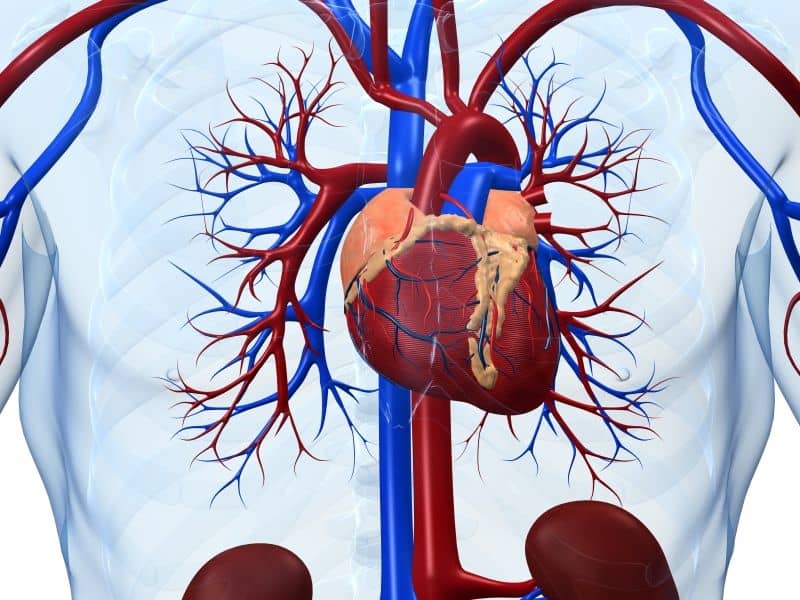In the 2016 European Society of Cardiology (ESC) guidelines for the management of atrial fibrillation (AF), the definition of AF type has been modified compared with the 2010 guidelines and its 2012 focused update. We compared the difference of single procedure outcomes using the definitions before and after 2016 on a cohort of patients with AF undergoing AF ablation.
Consecutive AF ablation patients with paroxysmal or persistent AF were retrospectively reclassified applying the 2010, 2012, and 2016 ESC definitions on AF type.
We included a total of 628 patients. Applying the 2010 ESC AF guidelines definition, 68% of patients were paroxysmal while according to the 2016 ESC AF guidelines, the proportion increased to 87%. Applying the 2010 ESC guidelines definition, recurrence rates of paroxysmal and persistent AF patients differ significantly (log-rank p < 0.001). Applying the 2012 focused update and the 2016 ESC AF guidelines, recurrence rates do not differ significantly. In a cox regression model applying the 2010 guidelines, persistent AF is the only independent predictor of AF recurrence in our cohort. However, when applying the 2016 guidelines, persistent AF is no longer a predictor of AF recurrence.
The revised definition of AF types in the 2016 ESC AF guidelines leads to a marked shift from persistent to paroxysmal AF. It appears that the old definition provided a better separator to predict rhythm outcome after AF ablation.
Impact of re-definition of paroxysmal and persistent atrial fibrillation in the 2012 and 2016 European Society of Cardiology atrial fibrillation guidelines on outcomes after pulmonary vein isolation.


